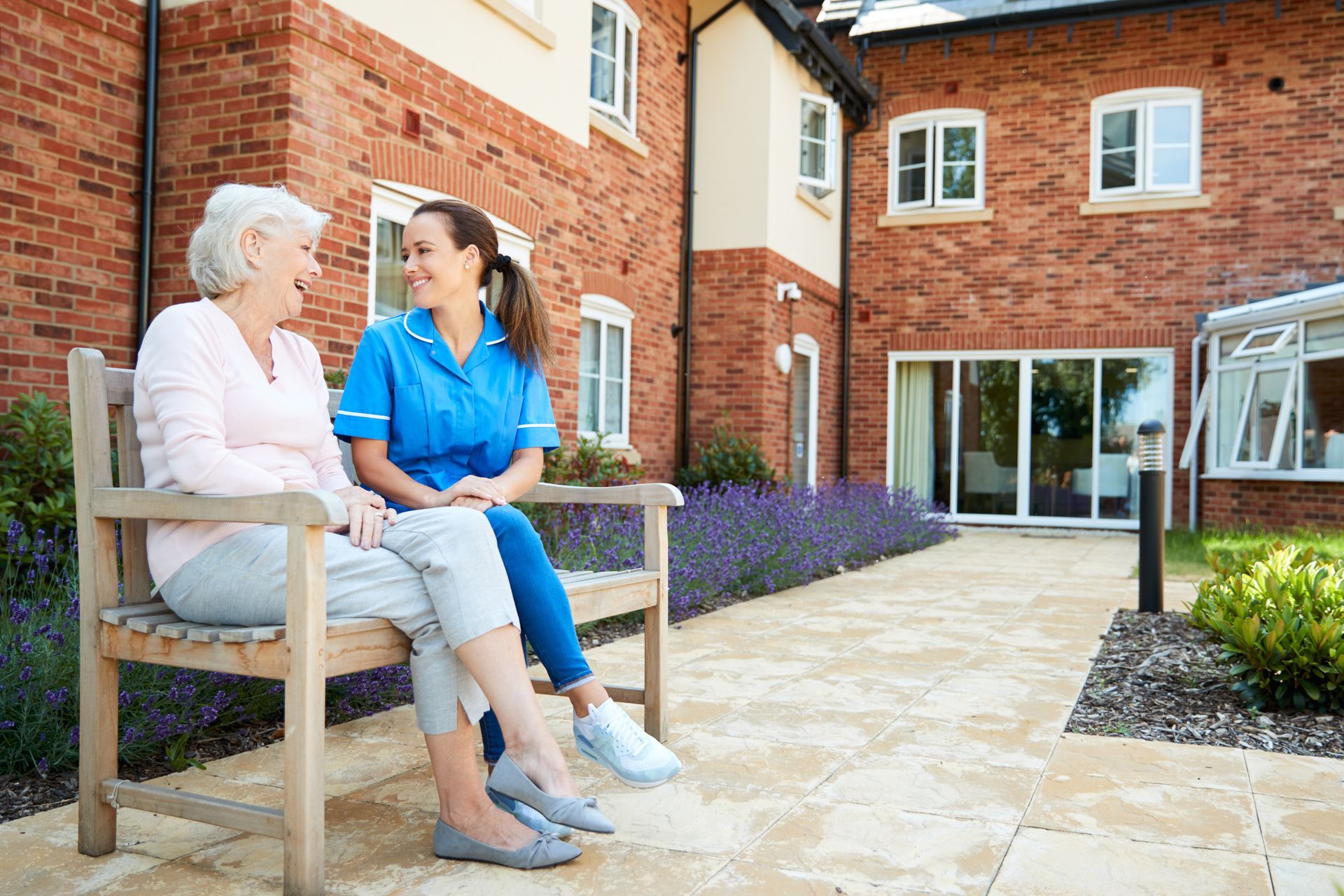BLOG
Understanding the Difference Between Age-Related Memory Loss and Early Signs of Dementia and Alzheimer’s
Disruption of Daily Life
The occasional “senior moment” where you temporarily forget a name or appointment is normal. But frequently forgetting important events or dates, asking for the same information repeatedly, or an increasing reliance on notes and other memory aids may be a sign of something more serious.
Problems Planning or Problem Solving
One early sign of dementia is difficulty working with numbers or following a plan that involves a series of steps. Making the occasional mistake while balancing a checkbook is not something to be concerned over, but being unable to manage a monthly budget or follow a familiar recipe may raise a warning flag for dementia.
Difficulty with Familiar Tasks
Normal age-related memory loss may make it necessary to ask for help for more unfamiliar tasks, such as recording a television show or logging into a computer. Dementia-related memory loss, on the other hand, may make it difficult to remember how to drive to the grocery store or get dressed in the morning.
Lack of Orientation to Time or Place
We all momentarily forget the date or day of the week from time to time. But individuals with dementia lose track of the passage of time to the point that they may not remember the season or even the year or have difficulty understanding the concept of something happening in the future. They also may not realize where they are or how they got there.
Changes in Visual and Spatial Perception
A decrease in visual acuity caused by cataracts, macular degeneration, and other conditions is a common part of aging. But dementia alters the way the brain interprets what it sees. For example, a person with dementia may perceive a black rug on the floor as a deep hole or fail to recognize their own reflection in a mirror.
Changes in Verbal Ability
Everyone occasionally struggles to find the right word to use. Someone suffering from dementia may have a hard time holding an entire conversation. Individuals with dementia may repeat themselves frequently, use inappropriate words, or call common objects by the wrong name.
Poor Judgement
Typical age-related memory changes do not normally affect your ability to make sound judgement and reasoned arguments. Individuals who make uncharacteristically bad judgement, such as giving a large sum of money to a telemarketer, may be exhibiting early signs of dementia.
Author Biography:















